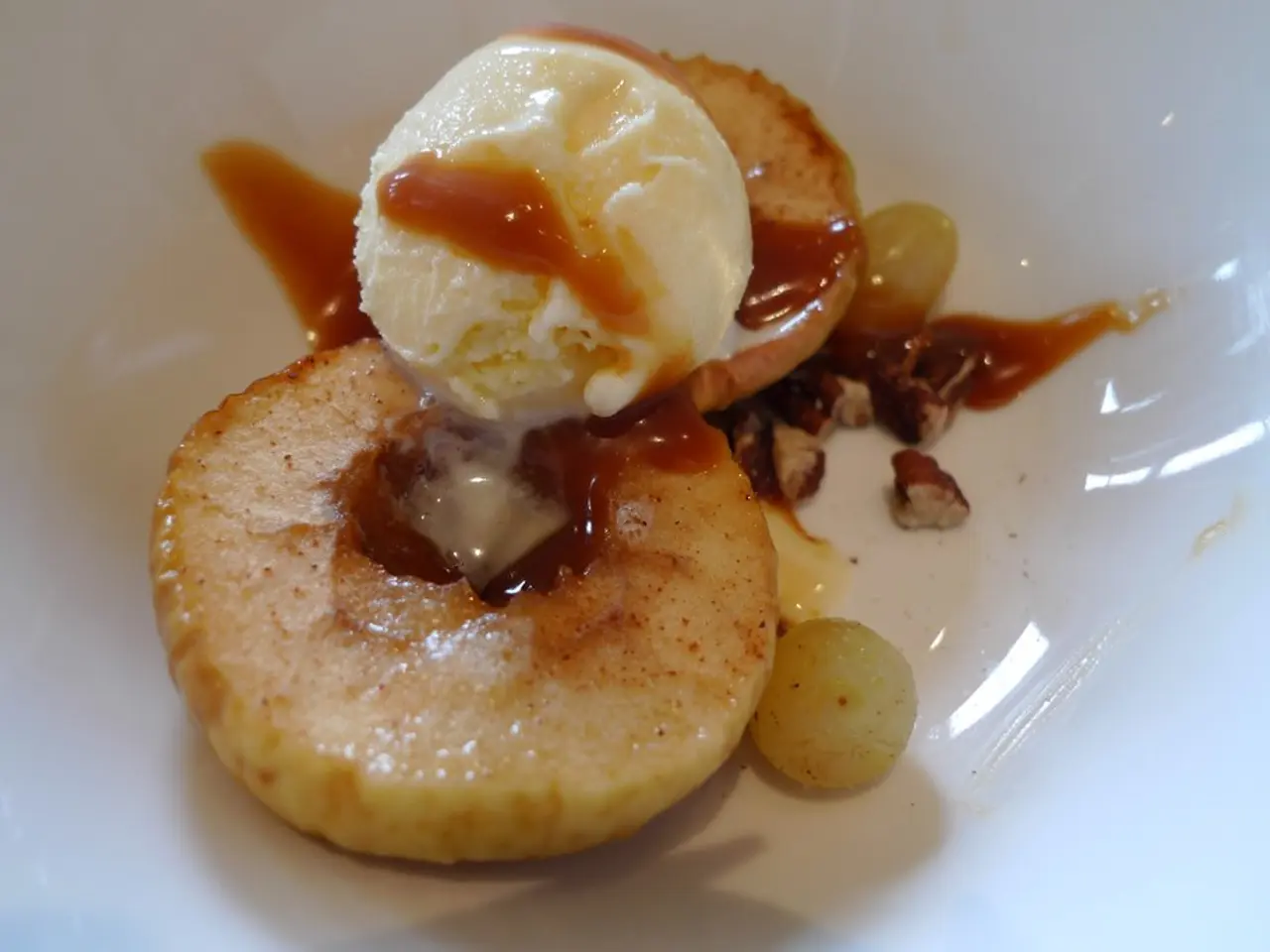Method for Preserving Fruit and Vegetable Taste During Freezing Process
For those with a green thumb and a bountiful garden, the question of how to preserve the harvest often arises. Freezing is an effective and efficient method for preserving the freshness of fruits and vegetables, allowing you to enjoy your produce long after the growing season has ended. Here's a comprehensive guide to freezing different types of produce from your garden.
Preparation before Freezing
- Wash produce thoroughly to remove dirt and debris.
- Remove inedible parts like stems, leaves, and pits.
- For vegetables, blanching (briefly boiling then cooling in ice water) is important to deactivate enzymes, preserving color, texture, and nutrients.
- For fruits, some benefit from treatments like ascorbic acid to prevent browning.
Freezing Whole
Small fruits like berries, grapes, and small cherry and grape tomatoes can be frozen whole. Rinse, dry, and place in a single layer on a tray to freeze individually before transferring them to freezer bags. This prevents clumping and allows you to take just what you need later.
Freezing Chopped
Chop herbs like parsley, cilantro, and chives and pack into freezer bags or jars. For soft leafy herbs, you can compress and freeze them in a rolled log shape in a freezer bag for easy portioning. Chop vegetables can be blanched, cooled, drained, and then packed tightly in freezer bags without air.
Freezing Pureed
Pureed fruits and vegetables can be frozen in containers or ice cube trays for portioned use later. This is especially useful for things like tomato sauce or pureed squash. Freeze purees quickly by placing shallow containers in the freezer to minimize mushiness.
Freezing Techniques
- Use the tray method (single layer freezing for individual pieces).
- Bulk freezing by packing produce directly in bags after blanching (for vegetables) or drying (for fruits).
- Freeze purees in portion-sized containers or trays for ease of later use.
Storage
Store frozen produce at 0°F (-18°C) or lower. Use freezer-safe bags or containers with minimal air to prevent freezer burn. Label with the date; most frozen fruits and vegetables keep quality for 8–12 months.
Additional Tips
- For tomatoes, freeze whole or chopped after quick blanching or skin removal; these keep for about 9 months frozen.
- Herbs like chives freeze simply chopped in jars; rosemary and thyme freeze well on stems after spreading thinly.
- Combining methods like dehydration before freezing can extend shelf life while reducing freezer energy use.
August is a good month for growing tomatoes, providing plenty for eating and freezing. Freezing produce can save garden harvest for later use. Pureed fruits and vegetables can be frozen in smaller portions or bags for efficient use. Herbs can be frozen by chopping them and placing them in ice-cube trays covered with oil, water, or broth. There are multiple ways to freeze produce, and frozen herbs can be used throughout the year by adding a cube to dishes.
- Washing your garden-grown vegetables and fruits thoroughly aids in removing dirt and debris before freezing.
- Before freezing, it's essential to remove inedible parts like stems, leaves, and pits from your produce.
- Blanching your garden vegetables is important for preserving color, texture, and nutrients during the freezing process.
- The harvest from your organic garden can be enjoyed long after the growing season, as freezing extends the freshness of your produce.
- Berries, grapes, and cherry tomatoes can be frozen whole by rinsing, drying, freezing individually, and then transferring to bags for later use.
- Soft leafy herbs can be frozen in a rolled log shape in freezer bags after chopping, allowing for easy portioning.
- Frozen herbs can find a home in a wide variety of food-and-drink recipes throughout the year, offering a consistent taste of summer's bounty even in winter months.




